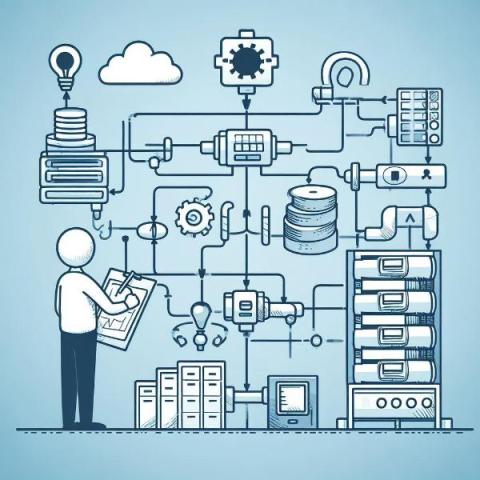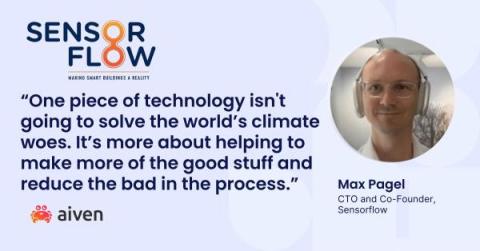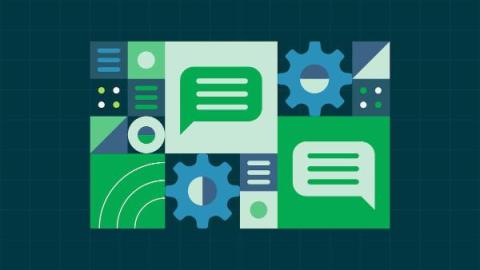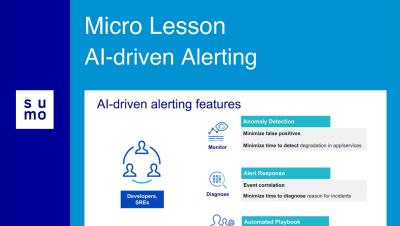Advantages of an AI-Powered Observability Pipeline
The expenses associated with collecting, storing, indexing, and analyzing data have become a considerable challenge for organizations. This data is growing as fast as 35% a year, multiplying the problems. This surge in data comes with a corresponding rise in infrastructure costs. These costs often force organizations to make decisions about what data they can afford to analyze, which tools they must use, and how and where to store data for long-term retention.











